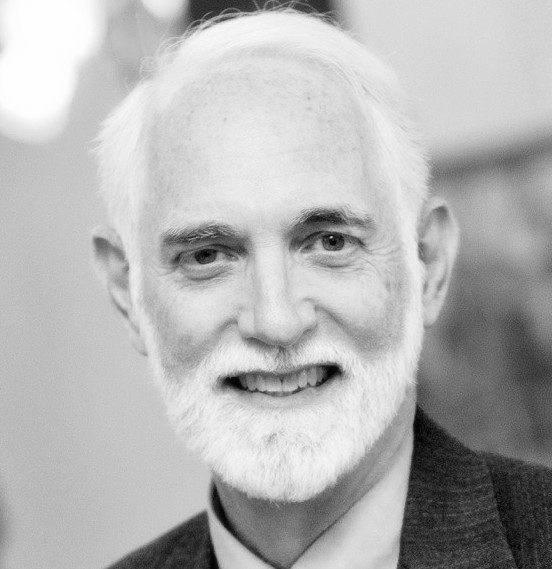It was 1973 and I was sitting in the faculty lounge at a New England boarding school listening to the veteran teachers bemoan the state of “students today.” The consensus seemed to be that students were unmotivated, unengaged, poorly prepared, and lazy. “They never speak up in class and just sit there like bumps on a log.” As a first year teacher and still in graduate school myself, I was near enough to the student side of the experience to be a little skeptical of this glib assessment. I also had the benefit of a wonderful mentor, Dick Schwingel, who held fast to his belief there is a passion for learning hidden somewhere in every student.

I was reading a lot of research about alternative methods of teaching and with Dick’s encouragement I began to experiment. I was particularly fascinated by applying game theory and the rapidly developing field of social psychology to the classroom. What did the “classroom game” look like from the student’s perspective? So I asked.
The game students were playing was actually straightforward, pervasive, and familiar. In each class, all students were assigned preparation of the same reading material for that class. In sum, the assignments for all classes were more than students could possibly prepare. In each class, the teacher reviewed the reading material in class the following day, asking questions that students raised their hands to answer.
As one of my students explained it, the strategy was obvious, “You need to read some of the material for each class or at least the Cliff Notes, then the next day in class, you raise your hand early to answer one question you are prepared for, then you are safe because the teacher has to call on other students to see if they are prepared.” Preparation time was scarce so this was an efficient strategy given the rules of the game.
My view was that the structural flaw to this teaching approach was assigning every student the same lengthy preparation material and then expecting them to compete to answer my questions. There was a huge duplication of effort. If you have a group of people and you want to work together to learn something, why would you organize that way? It made no sense.
So I ran an experiment which later became my doctoral research. For two weeks, I taught one section of my course with the traditional method and with the other section, I divided up the preparation material and assigned different students each a portion of it. Then I structured the classroom time for this second section as a group problem-solving exercise where the different readings were all needed in some way to solve the problem. I recorded the classroom sessions of both groups and evaluated the dynamics. The contrasts were stunning.
In the traditional classroom there was minimal engagement and almost no student-to-student interaction. In the group problem solving classroom, students asked each other questions, debated the logic of various conclusions, and gave each other both positive and negative feedback. They were engaged. In contrast, in the traditional model, students who were fully prepared were seen as “teacher’s pet” with peer pressure working against them. In the group problem solving model, the peer pressure was on each student to have their inputs prepared because the rest of the class was depending on them for their success.
The game had changed and strategies changed with it. My students weren’t lazy, they were simply efficient in allocating their scarcest resource, their time.
I began to structure all my classes with this group problem solving model and began to use a much broader set of sources and media in assigning preparation materials which, although shorter than the readings I had previously assigned, were now more critical to the group’s success. Initially this took a lot more work on my part, but it was worth it. Not surprisingly, students became quite skilled at explaining their piece of the puzzle and were not shy about asking others to do the same.
They got a deeper understanding of the concepts because they had to explain them to others. The traditional “over-achievers” had difficulty at first trusting that their peers would do their share and could be relied on. I had to get more sophisticated at framing the course content as complex and engaging problems we could work through as a group.
Over the years, this early experience has served me well. I learned that:
1. If you want to change people’s behaviors (including your own), try to understand the “game” that is being played from the perspective of the “players” – the real players, not some theoretical “rational man.”
2. If you focus on changing the way the group interaction is structured, you have tremendous leverage in shifting the game.
3. When you decide to manage change, your own job gets harder initially, but often it becomes more rewarding in the longer term.
